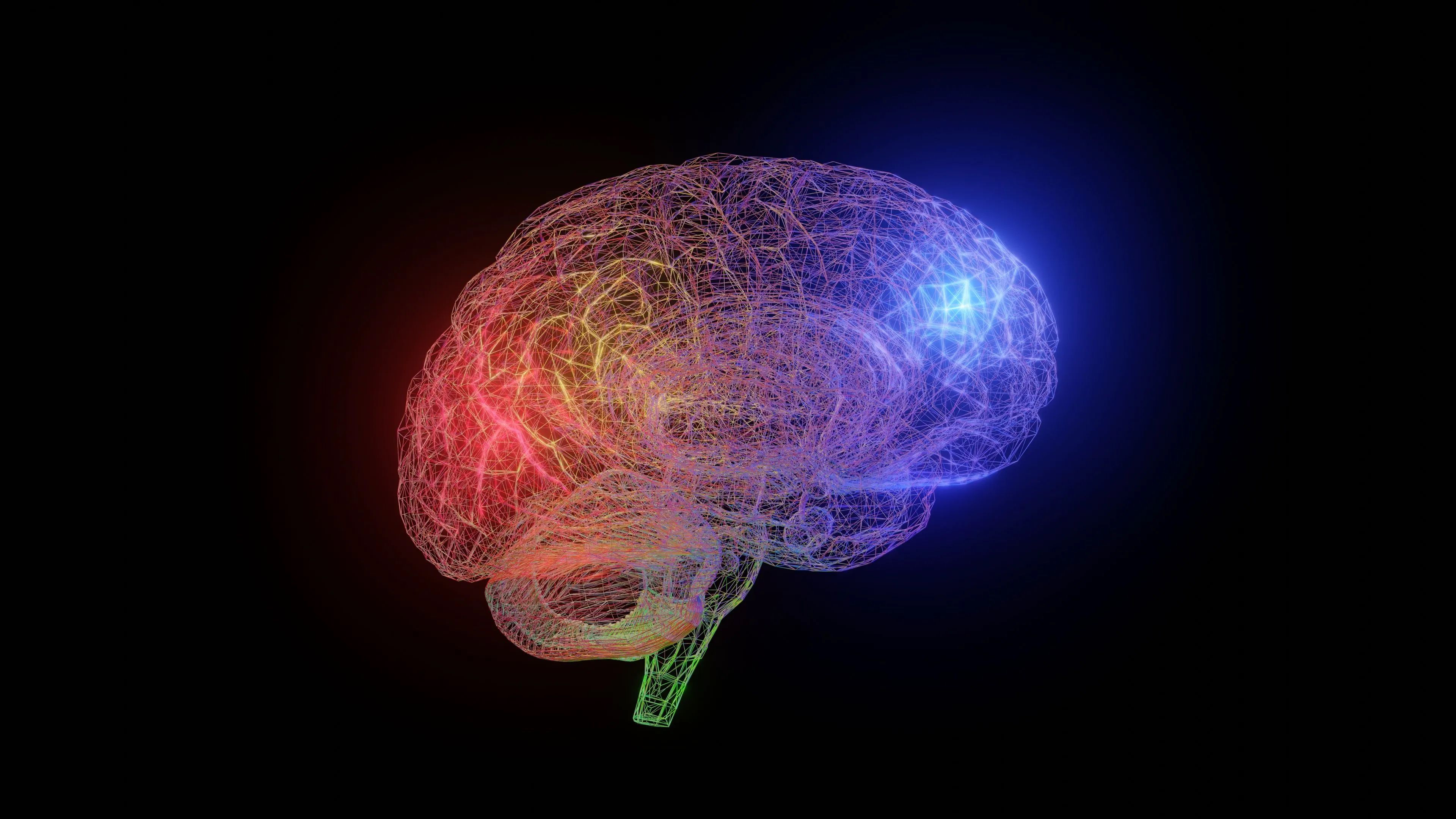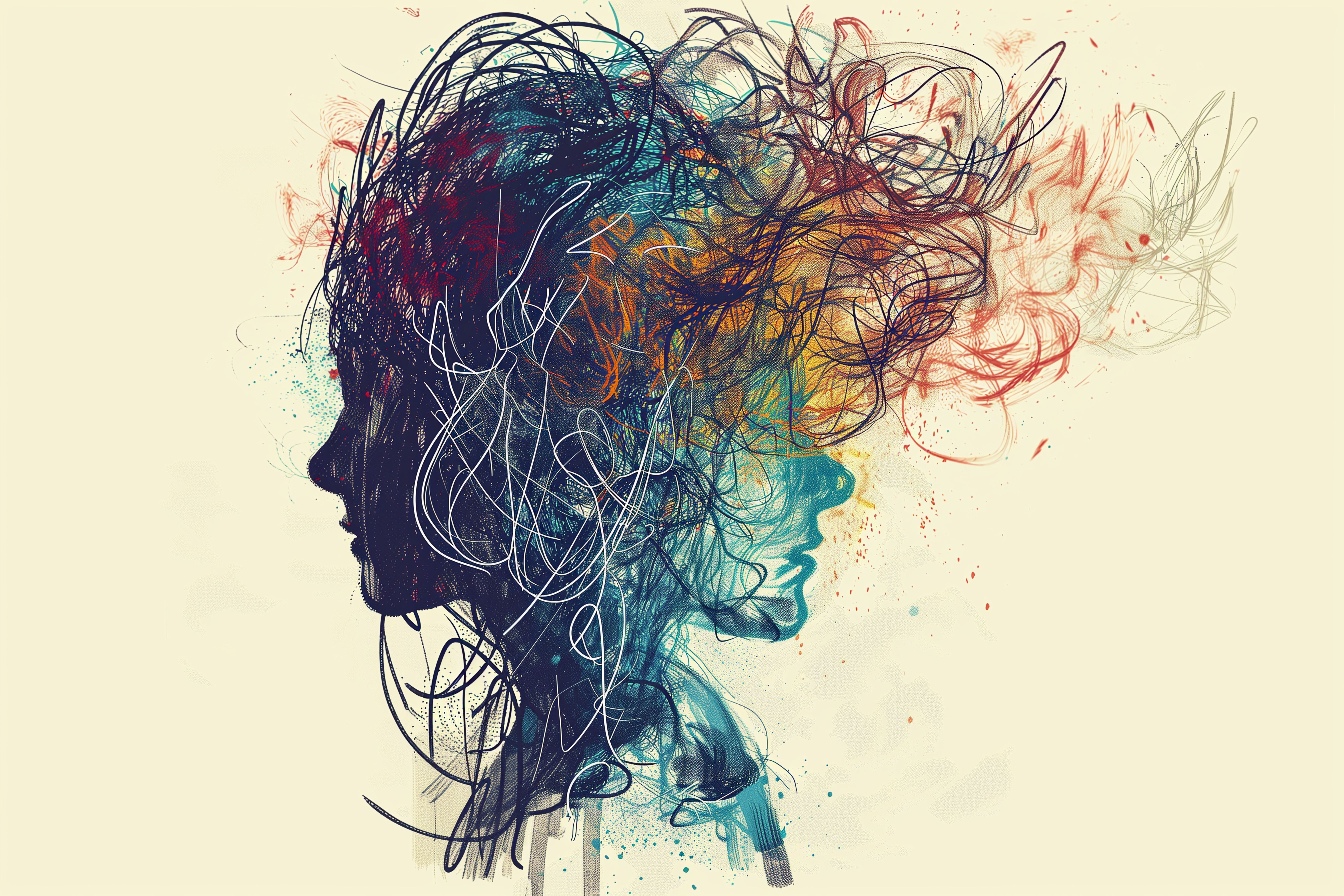Article
The Week in Review: July 10-14
Author(s):
From noninvasive brain stimulation techniques for catatonia to the concurrent treatment of eating disorders and PTSD, here are highlights from the week in Psychiatric Times.
Chepko Danil_AdobeStock

This week, Psychiatric Times® discussed a wide variety of psychiatric issues and industry updates, from noninvasive brain stimulation techniques for catatonia to the concurrent treatment of eating disorders and PTSD. Here are some highlights from the week.
A Year of 988: The First Step in a Long Journey
Brian Jackson/AdobeStock

A year ago, the National Suicide Prevention Lifeline switched to its new 3-digit number, 988. Since its launch, the Lifeline has received a startling number of contacts: over 5 million, including more than 1.43 million calls, 416,000 chats, and 281,000 texts. But is it effective in saving lives?
“The transition to the 988 Suicide & Crisis Lifeline has sparked a transformational moment in behavioral health care in this country. For the first time in my 26-year career history, every state and territory is talking about improving their behavioral health crisis systems,” said Monica Johnson, MA, director of the 988 & Behavioral Health Crisis Coordinating Office at the Substance Abuse and Mental Health Services Administration (SAMHSA). Continue Reading
Noninvasive Brain Stimulation Techniques for Catatonia
vrx123/AdobeStock

A recent study assessed the role of 3 common noninvasive brain stimulation (NIBS) techniques—electroconvulsive therapy (ECT), repetitive transcranial magnetic stimulation (rTMS), and transcranial direct current stimulation (tDCS)—in catatonia treatment.
This is the first systematic review of NIBS techniques for catatonia treatment; the study included 13 systematic reviews and 1 meta-analysis on ECT, 2 systematic reviews and 12 case reports on rTMS, and 7 studies and 14 cases on tDCS. Studies included patients diagnosed with catatonia; age and diagnostic specifics were not considered. Studies included treatment with ECT, rTMS, tDCS, alone or in combination with pharmacotherapy or other treatments; frequency and duration of treatment were not restricted. Continue Reading
Treating Eating Disorders and PTSD Concurrently Leads to Long-Term Recovery
fizkes/AdobeStock

Eating disorders (EDs), including anorexia nervosa, bulimia nervosa, binge eating disorder, other specified feeding and eating disorder, and avoidant-restrictive food intake disorder, are estimated to affect over 28.8 million Americans at some point in their lives. They have the second highest mortality rate of all mental health illnesses, making them serious—but treatable—mental and physical illnesses. Co-occurring disorders, such as anxiety, mood disorders, substance use disorders, and posttraumatic stress disorder (PTSD), are often present in individuals with an ED.
In fact, research shows an undeniable connection between PTSD and EDs. Individuals with significant traumatic histories and/or PTSD have more severe ED symptoms, more suicidality, and more anxiety and depressive symptoms. Continue Reading
Treatment Over Objection: Ethical and Legal Principles
Parradee_AdobeStock

Consultation-liaison psychiatrists and trainees are often consulted to assess capacity in medically admitted patients who have a history of psychiatric illness. Subsequent decisions about providing medical and psychiatric treatment over objection (TOO) may involve hospital ethics committees and legal counsel.
We present a case in which the issue of TOO for an incapacitated patient remained incompletely resolved due to a conflict between the most ethically appropriate treatment and the most legally appropriate treatment. This conflict, along with uncertainty about the ethical and legal principles themselves and the role of each team, caused both the medicine and psychiatry teams significant moral distress. Continue Reading
See more recent coverage from Psychiatric Times here. And be sure to stay up-to-date by subscribing to the Psychiatric Times E-newsletter.
Do you have a comment on any of these or other articles? Have a good idea for an article and want to write? Interested in sharing your perspectives? Write to us at PTeditor@mmhgroup.com.














